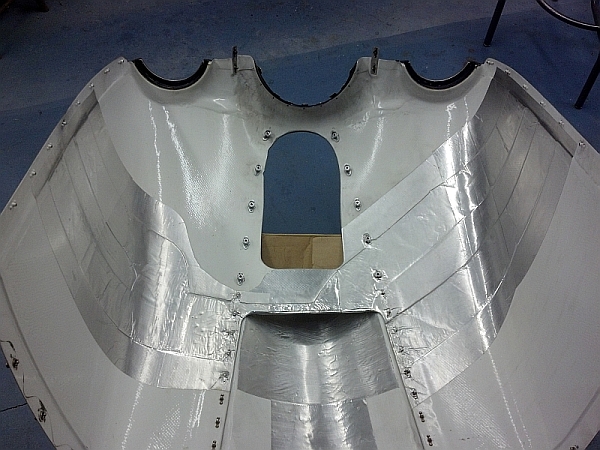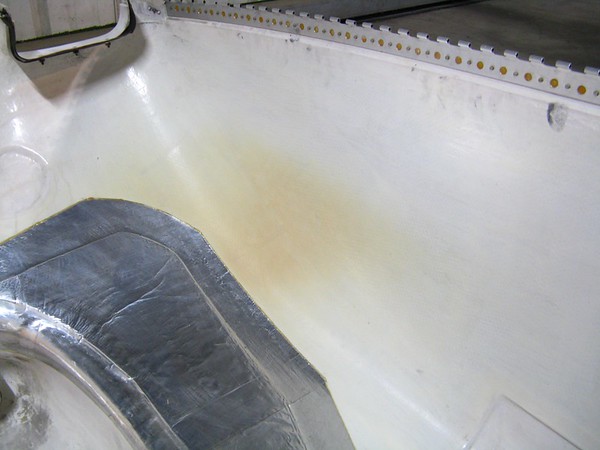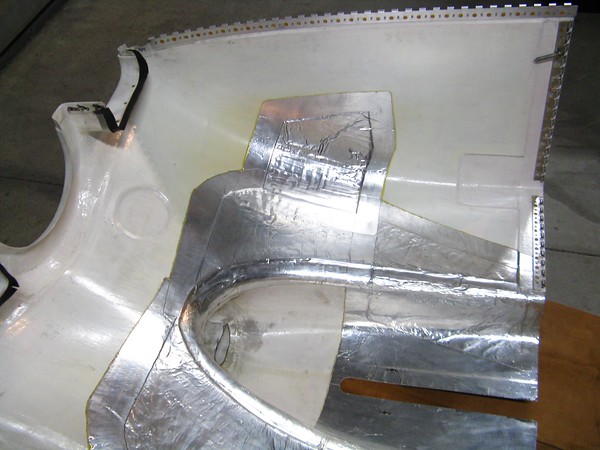rocketman1988
Well Known Member
Thinking of using Fiberfrax on cowling near exhaust pipes.
Has anyone used this material and if so, what thickness is recommended 1/16" or 1/8"?
Has anyone used this material and if so, what thickness is recommended 1/16" or 1/8"?








